|
Preface:
Throughout the history of chess there have been many persons of great
accomplishments who embraced chess. Some of these people, such as Einstein or
Napoleon, left examples of their games while others, such as Lewis Carroll or
Benjamin Franklin, left us nothing. I must admit that I had never heard of
Santiago Ramon y Cajal, but just a small bit of research revealed to me the
place of honor he commanded within his field. It seemed to me that a man
obsessed with chess who played at a supposedly "championship" level should have
left some example of his game. Searching English and Spanish sites uncovered a
lot of information, but no games.
Dr. Cecelia J Cavanaugh SSJ (Chestnut Hill College) called Cajal a Maestro de
Muchos. Mr. Totaro's exploration below captures that sentiment and sheds
light on the effects of chess, possibly the ultimate mental puzzle, on the minds
such multi-talented geniuses.
Santiago Ramón y Cajal
(May 1, 1852
– October 17, 1934)
Winner of the Nobel Prize in Physiology 1906
This miniscule of a piece is the totality of chess excerpts taken from
Recollection of My Life, by Santiago Ramon y Cajal. If the reader finds interest
in the subject and wishes to further his knowledge, various excerpts from a
variety of sources are also provided.
by Lawrence Totaro
____________________________________
“In my opinion, far from
exercising the intelligence, as many claim, chess warps it and wears it out.”
-Santiago Ramon y Cajal from Recollections of My Life
____________________________________
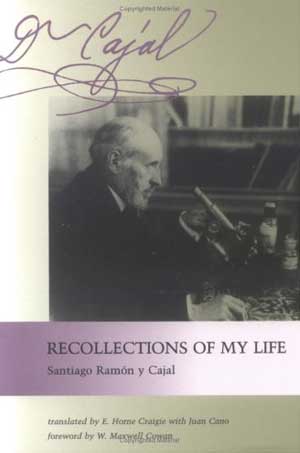
In Recollections of My Life,
Santiago Ramon y Cajal refers to chess as vice in which he had to
abandon. On the back cover, it reads, “Recollections of My Life is also
an engaging and candid account of Cajal’s nonscientific life – his boyhood in
the Spanish countryside, his fascination with art and photography, his
rebellion against a strict school educational system and his struggle against
the demon chess.
Page
326 he remarks:
“Knowing my fondness for the noble game of Ruy Lopez y Philidor, various
members of the Casino Militar invited me to join.”
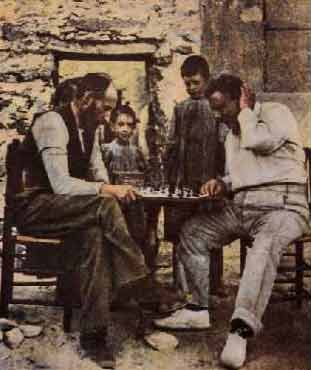
On page 467 there
is a photo (Plate 18, fig 64) that reads: Dr. Oloriz and the author
occupying their vacation leisure with a game of chess. (Summer of 1898)
Cajal writes a caption, “I publish this picture in memory of the admirable
professor, who departed this life far too early.” Prior to this picture, on
page 466 he goes on to write, “In memory of the lamented master, I include
here an intimate photograph taken by one of my children during a very
strenuous game.” The photo on the left is the colorized version taken from
Dan Hubel’s Eye, Brain and Vision website
Santiago
Ramon y Cajal playing chess (white) in 1898, at an age of about 46, while on
vacation in Miraflores de la Sierra. This picture was taken by one of his
children. Most neuroanatomists would agree that Ramon y Cajal stands out far
before anyone else in their field and probably in the entire field of central
nervous neurobiology. His two major contributions were (1) establishing beyond
reasonable doubt that nerve cells act as independent units, and (2) using the
Golgi method to map large parts 'of the brain and spinal cord, so
demonstrating both the extreme complexity and extreme orderliness of the
nervous system. For his work he, together with Golgi, received the Nobel Prize
in 1906.
Below
are several excerpts from various sources.
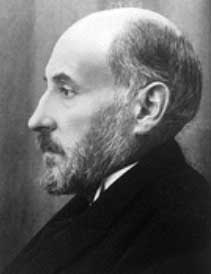
The First Moderns: Profiles in the Origins of
Twentieth-Century Thought. Contributors:
William R. Everdell - author. Publisher: University of Chicago Press. Place of
Publication: Chicago. Publication Year: 1998.
Page 101
This kind of tireless
single-mindedness was very much in the character of Santiago Ramón y Cajal.
He was the sort of person who would teach himself how to play championship
chess, how to drop animals with a slingshot, or how to use a camera and make
his own photographic plates. He was capable of spending months in a gym
building up his body; of stealing books, eagles' nests, and even the bones
in a graveyard for study.
Page
110
Early the next year, after
moving to a larger house in Bruch Street, Cajal began to work on the nervous
system in earnest. 1888 was to be "my greatest year, my year of fortune." 21
Sensing the commitment it would require, he gave up chess, in which he had
made himself an expert, for the next twenty-five years.
Explorer of the Human Brain: The Life of Santiago Ramon y
Cajal (1852-1934). Contributors: Dorothy F.
Cannon - author. Publisher: H. Schuman. Place of Publication: New York.
Publication Year: 1949.
Page 89
The year 1878 was to plunge
him even deeper into a more personal grief. One afternoon while he was
playing chess in the garden of the Café de la Iberia with a friend, Don
Francisco Ledesma, a gifted lawyer, Cajal suddenly had a hemorrhage. He
covered it up as well as he could and finished the game, and while he was on
his way home the bleeding stopped abruptly. He said nothing about it to his
family, ate as little supper as he could without causing comment, and went
to bed.
Cajal seems to have suffered
more than just a brain hemorrhage from playing chess; dreams and nightmares
were also apparent.
“I found my sleep broken by
dreams and nightmares in which pawns, knights, queens, and bishops, were
jumbled together in a frenzied dance.”
He states clearly that the game
is quite strenuous and on page 327 writes,
“If one does not lose money
in playing chess, one loses time and brain energy, which are worth
infinitely more and one’s will is turned aside and runs through the wrong
channels.”
The game, however, caused him so much distraction that
he “did not move a pawn again for more than twenty-five years.” This was in
1888 but the photograph above clearly shows he relapsed ten years later. He
goes on to write on page 328,
“Thanks to my psychological stratagem, I emancipated my modest intellect,
which had been sequestered by such stupid and sterile competitions, and was
now able to devote it, fully and without distraction, to the whole worship
of science.”
Page 104
In order not to become too
one-sided in his almost fanatical absorption in microscopy, Cajal joined a
social club, the Casino de la Agricultura, where he moved in a circle of
agreeable and distinguished people. He became an ardent chess player, his
only "vice." He joined a scientific and literary society, too, and there met
some of the outstanding intellectuals of Spain.
Page 137
Even this timid venture into
the whirlpool of publishing had swallowed up his small savings. And he had
six children to support now--a new son, Luís, had been born during his first
year in Barcelona. His wife, overworked though she was in taking care of
them all, gave up her one servant to save expense. To match her sacrifice,
in some small measure, and also to salvage every moment for his
researches--now full of breathless excitement as he uncovered fact after
fact--Cajal gave up his chess-playing with the cronies of the Casino Militar.
He had already won a reputation as something of a champion. Before he made
the final gesture of giving it up--and chess had grown on him almost like an
addiction--he allowed himself the delicious joy of defeating his adversaries
by ingenious tricks for a whole week. Then, his pride appeased and chess
well out of his system, he bowed himself out of the Casino for twenty-five
years.
Page 187
Cajal was vacationing in the
country town of Miraflores de la Sierra when he got the news of the Spanish
defeat in Cuba. He was staying with his family at a little villa not far
from a similar one occupied by his friend Federico Olóriz and his family.
Cajal and Olóriz had been spending the long summer days reading, hiking, and
playing endless games of chess.
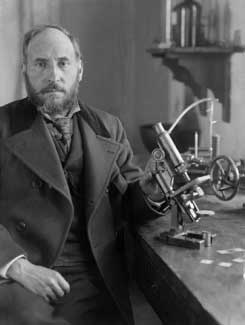
Minds behind the Brain: A History of the Pioneers and
Their Discoveries. Contributors: Stanley Finger
- author. Publisher: Oxford University Press. Place of Publication: Oxford.
Publication Year: 2000.
Page 209
Starting and operating a
periodical was expensive. To make matters worse, Cajal now had six children.
But he was not about to stop in his quest to show that world-class science
could come from neglected Spanish soil. To save money, he walked away from
his beloved chess club (in his mind, his only vice), where he was able to
take on four skilled opponents simultaneously. He then dug deep into his
pockets and came up with the money to publish his journal and mail sixty
copies of each issue to leading anatomists in other countries.
One can clearly see the impact of Santiago Ramon y Cajal’s
work from the
International Brain Research Organization,
in which the site offers precious medals and plaques which were made especially
in his memory.
Are there any games available from Cajal? Is there any evidence to support his
‘championship chess’ strength? Which players of prominence would he have played?
note:
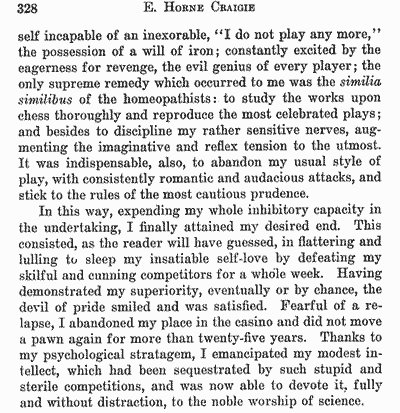
|
|

